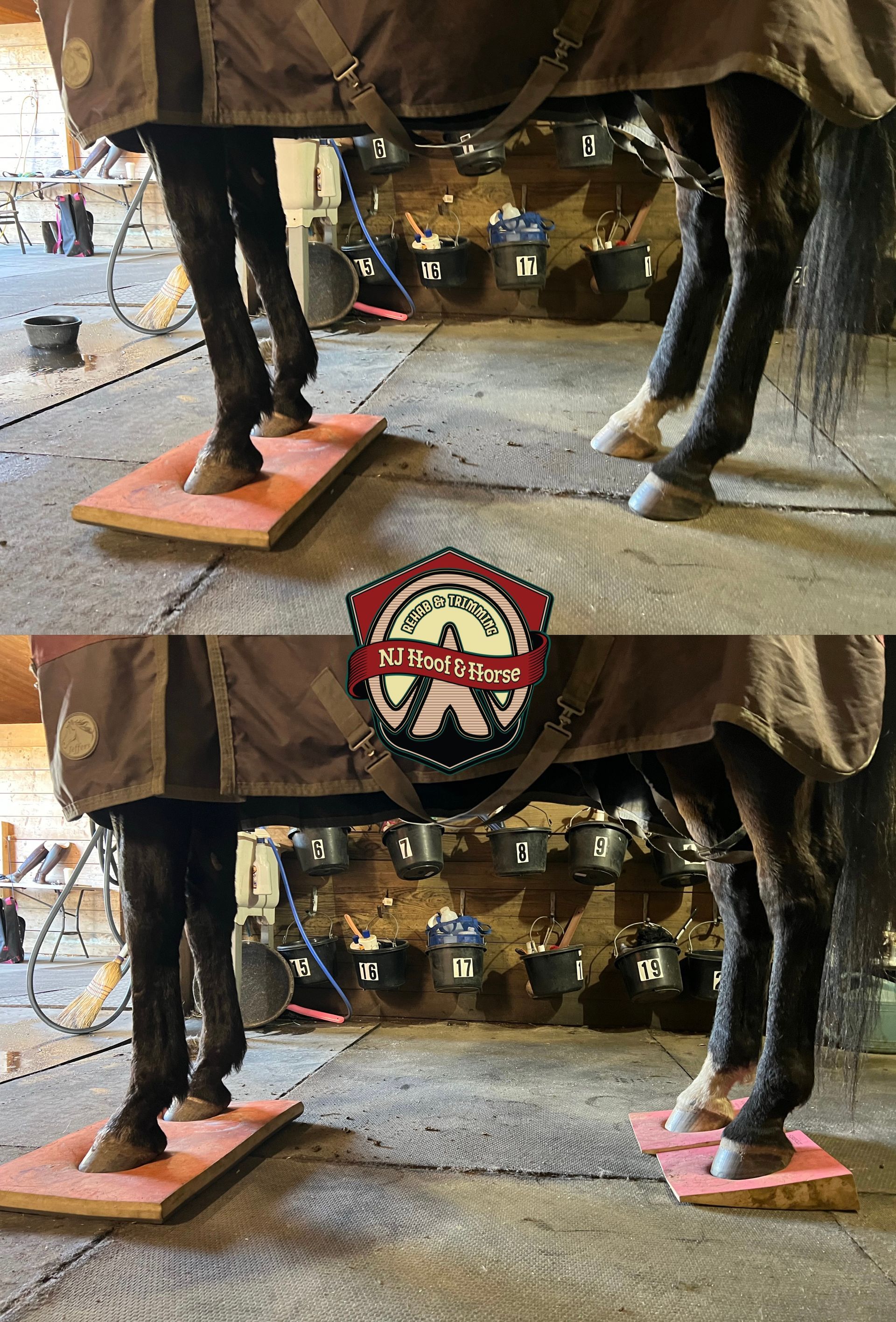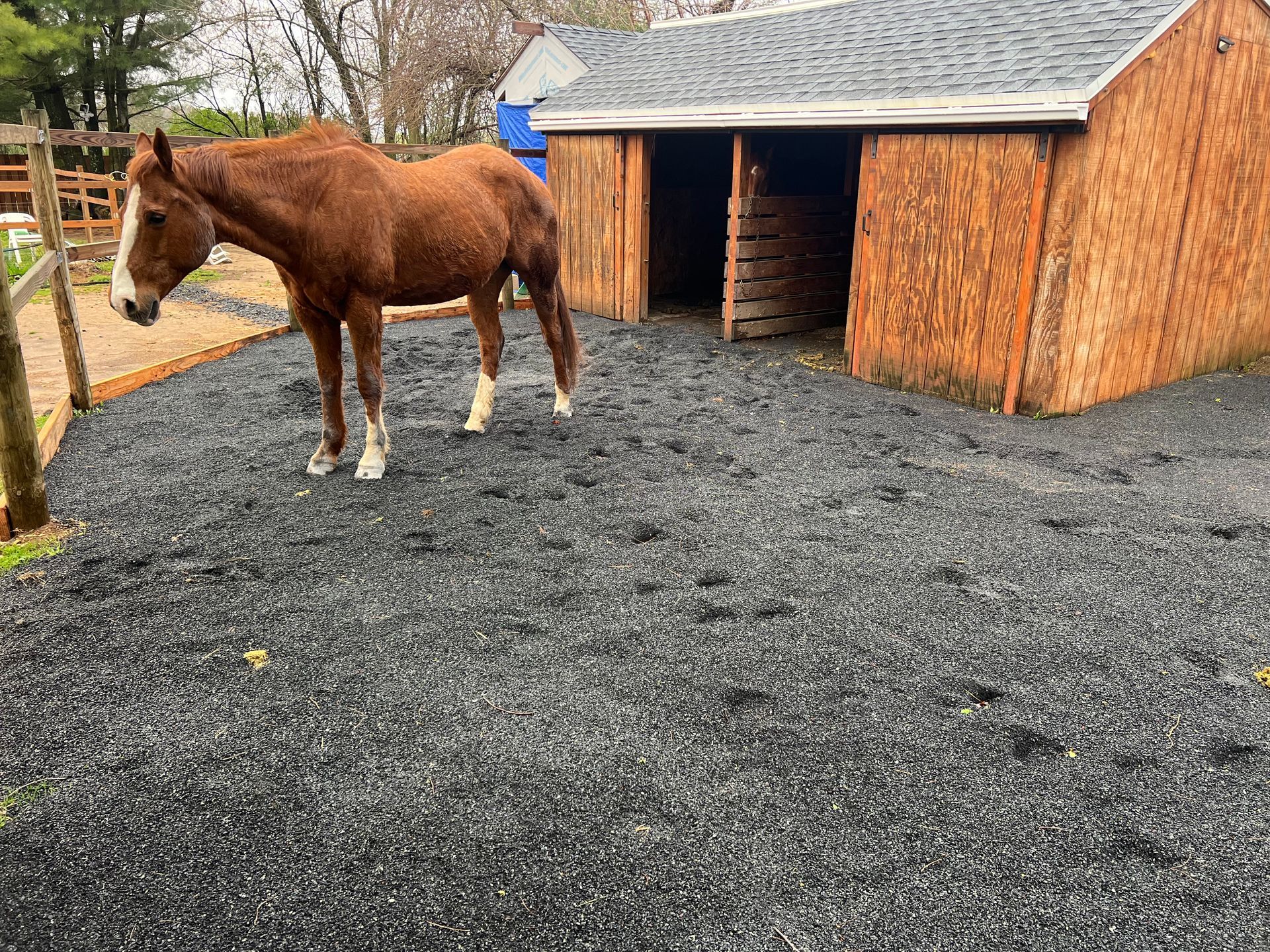Barefoot, plastic shoes or metal shoes?
Barefoot vs shod vs composites vs boots. Out of these things, what should be chosen for your horse and how do you know if you’ve done the right choice? Like with many things it will depend on your current situation and the horses condition but I’ll mention a couple of examples to give you an idea of what might be a good option for your horse.
1. Your horse is sound and you don’t ride very often.
Why not try having the horse barefoot? It’s a great option if you see that the horse is sound and doesn’t have any major hoof pathology. And if you do plan on riding more, buy some hoof boots that’ll fit your riding needs. That’ll act as an extra layer of protection for your horses hooves during trail rides and riding lessons.
2. Your horse is lame and has major hoof pathologies.
This is where it gets tricky since there’s no cookie cutter method. If you notice lameness the first thing you should do is point it out to your farrier/trimmer and vet. Professionals should always work as a team to figure out the best solution. Sometimes they’ll agree in the need of therapy boots for acute phases of inflammation in the hoof. Other times when we’re trying to grow out pathology we need extra prosthetic on the foot in order to stabilize the weak structures and that’s where composites will come in handy.
3. Your horse is ridden a lot and seems to be sound.
You could try traditional metal shoes but I would look into composite shoes. They’re a better shock absorber, they’re flexible and you can modify them based on the horses needs, add extra frog support, etc.
There’s so many modern tools to choose from to help your horse! We just have to be educated on what will suit your situation best.
Denys Antonenko

